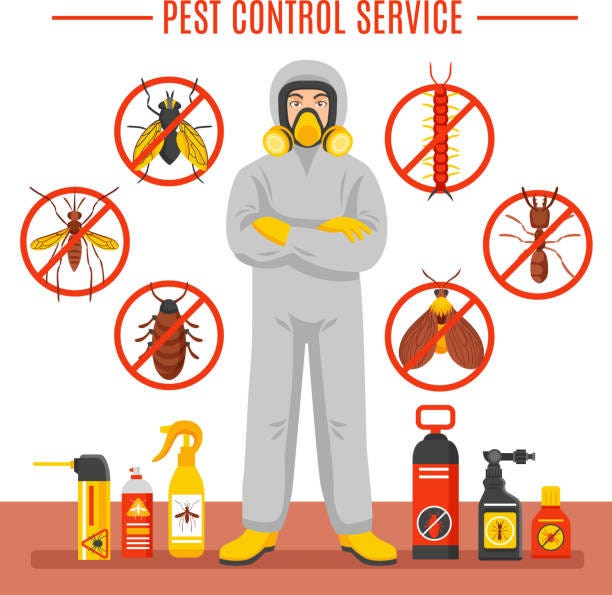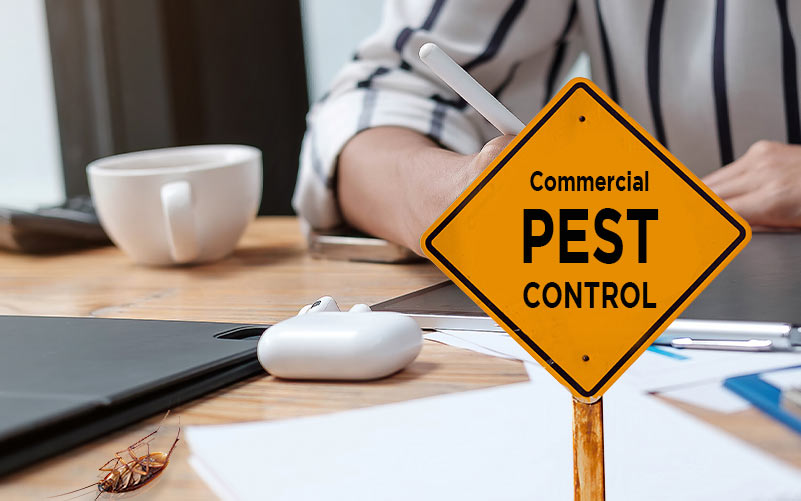A1 Bed Bug Exterminator Charlotte - Reliable and Inexpensive Services
Bed Insect Treatment Breakdown: Comparing Chemical Vs. Non-Chemical Solutions
In the realm of insect control, particularly when dealing with the consistent issue of bed pests, the choice between chemical and non-chemical therapy options can be a pivotal one. Both techniques offer distinct benefits and downsides, affecting factors such as performance, safety factors to consider, and total cost. By examining the nuanced details of each technique, a more clear understanding of which course to seek in dealing with a bed insect problem can be obtained.
Performance of Chemical Treatments
Chemical therapies for bed pest invasions have been commonly acknowledged for their potent and fast efficiency in eliminating these pests. When thinking about the performance of chemical treatments, it is critical to comprehend that they can supply a extensive and quick remedy to a bed insect problem. Professional pest control operators frequently depend on pesticides to target bed pests at numerous stages of their life process, including fairies, grownups, and eggs. These chemicals generally work by disrupting the bed bugs' nerve system, leading to paralysis and eventual death.
In addition, chemical therapies have the advantage of offering recurring effects, meaning that they can remain to get rid of bed insects even after the preliminary application. This residual action is especially useful in combating any kind of possible re-infestations. In addition, the quick activity of chemical therapies can bring alleviation to people encountering serious bed insect infestations, allowing them to gain back control of their living rooms quickly.
Safety Worries With Chemical Solutions
One vital facet that requires mindful factor to consider when utilizing chemical services for bed bug therapy is making certain the safety and security of passengers and the atmosphere. Exposure to particular chemicals used in bed bug therapies can lead to respiratory system concerns, skin irritation, or various other adverse reactions, specifically in people with pre-existing conditions or sensitivities.
Additionally, the ecological influence of chemical services is an additional considerable consideration. Some pesticides used in bed insect treatments may be dangerous to valuable insects, wild animals, and communities if they leach into the soil or water supply. It is important to use chemical treatments deliberately, adhering to safety standards, and considering less toxic alternatives to alleviate these dangers and make sure the efficient and secure management of bed insect invasions.
Advantages of Non-Chemical Methods
Taking into consideration the prospective safety worries and environmental effect related to chemical services for bed insect therapy, exploring non-chemical methods offers an appealing choice with a number of distinct advantages. Non-chemical approaches provide a safer choice for homes, particularly those with people, kids, or pet dogs conscious rough chemicals. These techniques remove the risks of exposure to poisonous substances, minimizing the potential for damaging health and wellness results. In addition, non-chemical treatments are eco friendly, as they do not add to air or water air pollution, making them a sustainable selection for insect control.
In addition, non-chemical services can be effective in targeting bed insects, consisting of hard-to-reach locations where chemical therapies might not pass through - A1 bed bug exterminator charlotte. Methods such as warmth treatment, vacuuming, heavy steam cleaning, and cushion coverings provide thorough elimination without the usage of damaging chemicals.
Limitations of Non-Chemical Treatments

Furthermore, non-chemical therapies often require numerous applications to accomplish effective eradication. This can be lengthy and may not constantly assure total elimination of all bed pests and their eggs, especially in hard-to-reach or covert places.
Additionally, the success of non-chemical therapies heavily relies on correct application and thoroughness, which can be testing for people without specialist knowledge. Insufficient application of non-chemical methods may result in incomplete eradication, bring about consistent invasions and the need for added treatments.
Therefore, while non-chemical treatments have their advantages, it is necessary to acknowledge these limitations and consider them when figuring out the most efficient strategy for handling bed bug problems.
Expense Contrast: Chemical Vs. Non-Chemical Options
Given the constraints related to non-chemical treatments, an essential element to review in the context of bed bug management is the cost comparison in between chemical and non-chemical choices. Chemical therapies usually include the application of insecticides by specialists, which can vary from $250 to $900 per space, relying on the extent of the problem and the dimension of discover this info here the area to be dealt with. On the other hand, non-chemical therapies like heat treatment or vapor can be a lot more costly, with costs varying from $1,000 to $6,000 for a whole home. While the preliminary cost of chemical treatments might seem lower, multiple treatments may be required to fully eliminate the invasion, potentially boosting the total expense. On the various other hand, non-chemical alternatives may offer a much more sustainable and green remedy, although they can be cost-prohibitive for some individuals. Inevitably, when taking into consideration the expense of bed bug treatment alternatives, it is necessary to weigh the upfront expenditures versus the efficiency and long-lasting sustainability of the chosen technique.
Conclusion

Considering the possible security issues and environmental influence linked with chemical services for bed insect treatment, discovering non-chemical methods presents a promising option with several distinctive advantages.Provided the limitations connected with non-chemical treatments, an essential element to evaluate in the context of bed pest management is the cost comparison between chemical and non-chemical choices. In contrast, non-chemical therapies like warm therapy or vapor can be more expensive, with costs ranging from $1,000 to $6,000 for an entire home. While the first cost of chemical treatments may appear reduced, several therapies may be required to totally eliminate the problem, potentially raising the general price.In conclusion, when comparing chemical and non-chemical bed pest treatment options, it is crucial to think about effectiveness, safety and security, benefits, restrictions, and price.